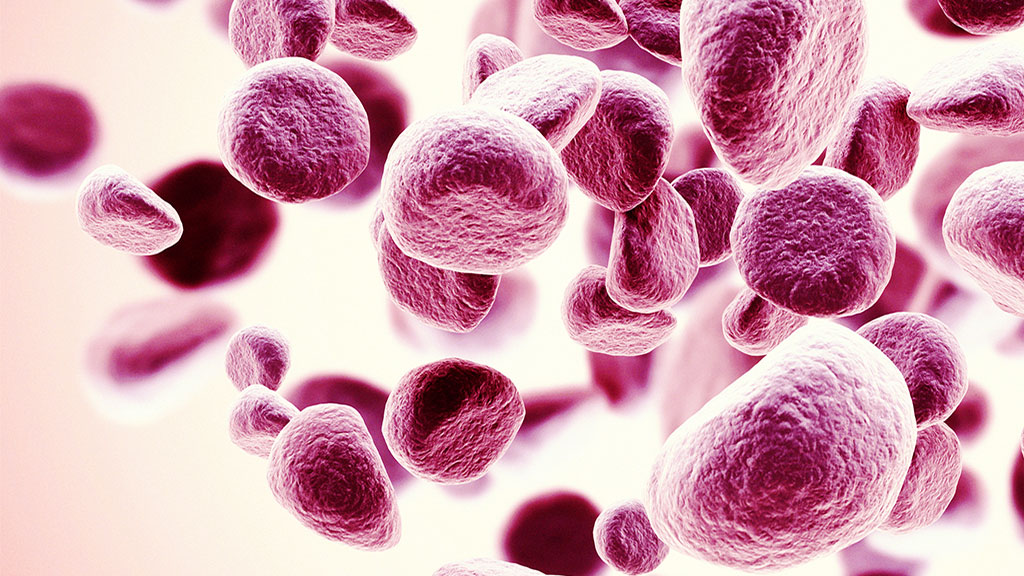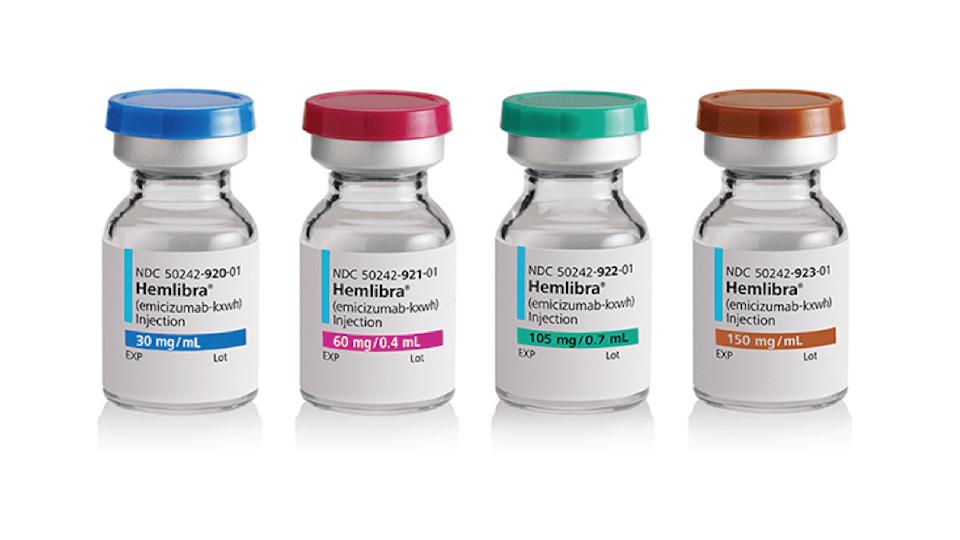Sanofi, Sobi eye filings for once-weekly haemophilia A therapy

Sanofi and Sobi's haemophilia partnership has been under competitive pressure from new therapies like Roche's antibody Hemlibra, so the two companies are hoping a new long-acting drug candidate can revitalise the franchise.
New phase 3 data on efanesoctocog alfa (also known as BIVV001) has met its objectives in a phase 3 study, providing protection from bleeding episodes in patients with haemophilia A with once-weekly dosing.
The XTEND-1 trial also showed that BIVV001 was better at reducing the annualised rate of bleeding episodes than patients' previous therapies, according to Sanofi and Sobi, which said they will now talk to regulators to chart a path forward to approval.
BIVV001 is a factor VIII replacement therapy that is being developed as a successor to Eloctate (efmoroctocog alfa), Sanofi and Sobi's current factor VIII drug that is dosed every four days but has seen its sales decline in an increasingly competitive market.
The half life of the new drug – one of the main draws for Sanofi's $11.6 billion takeover of Bioverativ in 2018 – is extended in the body by fusing it with von Willebrand factor (vWF), a protein that binds to factor VIII in the blood and makes it more stable, protecting it from degradation.
"While advances have been made in the treatment of haemophilia, unmet medical needs still exist," said Dietmar Berger, Sanofi's chief medical officer.
"We believe efanesoctocog alfa provides higher protection for longer duration with reduced treatment burden of once-weekly dosing, and we look forward to working with regulators to bring this therapy to patients as soon as possible."
When Sanofi acquired Bioverativ forecasts for BIVV001 were that it could become a $2 billion product, although the haemophilia A market has evolved in the meantime.
The launch of Hemlibra (emicizumab) in 2017, with a label expansion in 2018 to broaden its use – had a speedy impact on Eloctate, which also came from Bioverativ's stable. Sanofi recorded a $2 billion charge in 2019 that it said was largely down to pressure on its drug.
Sales of Hemlibra meanwhile have rocketed to reach more than $3 billion last year, thanks to strong efficacy data and a convenient subcutaneous dosing regimen every one, two or four weeks, depending on the patient need.
Meanwhile, Eloctate, Hemlibra and BIVV001 if approved could all find their prospects completely altered if gene therapies for haemophilia A, currently headed by BioMarin's valoctocogene roxaparvovec or val-rox, reach the market and offer a one-shot treatment for the disease.
Val-rox has already been turned down by the FDA once however, and there are ongoing concerns about its duration of action, with signs that factor VIII levels fade over time – possibly in as little as two years.
BioMarin has said it intends to refile val-rox in the US in the second quarter of this year, around the time it hopes to hear a verdict from the EU regulatory authority.
In the meantime, the big question for Sanofi and Sobi is whether the BIVV001 data is strong enough to make inroads into Hemlibra's territory, which is a big ask.
Sanofi sees its potential in patients already taking factor VIII drugs, a $5 billion market, and also maintains that its profile will be "competitive" against treatments like Hemlibra.
Meanwhile, Sanofi is also hoping to file for approval of Alnylam-partnered RNA interference therapy fitusiran for haemophilia A and B this year, which works by suppressing antithrombin (AT), a protein that inhibits blood.
Problems with blood clots in some patients in phase 3 trials have cast a shadow over fitusiran's prospects, and it is now being tested at a lower dose to try to alleviate the issue.












